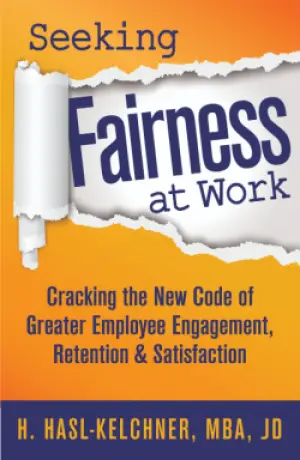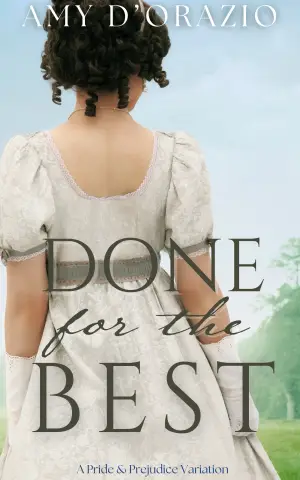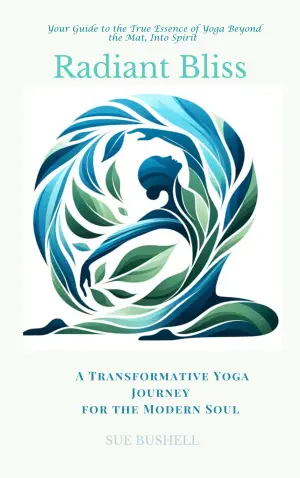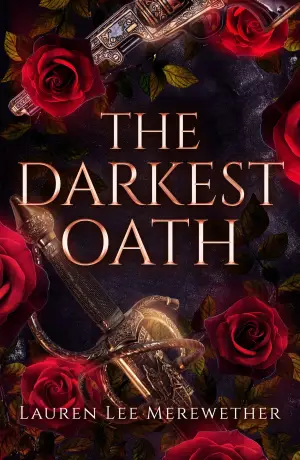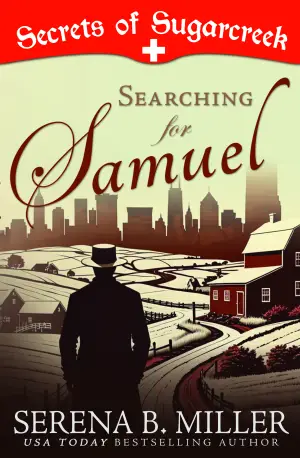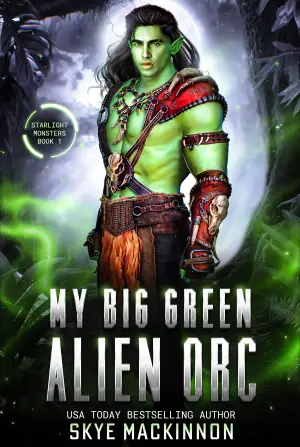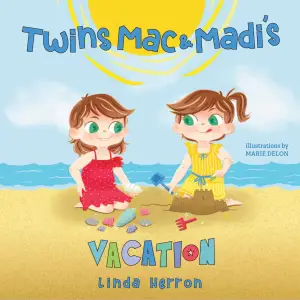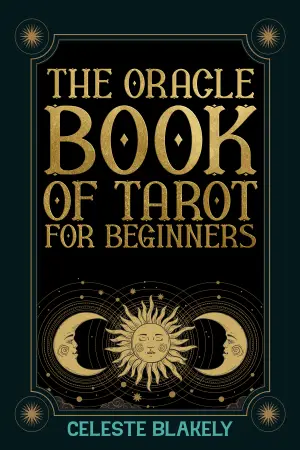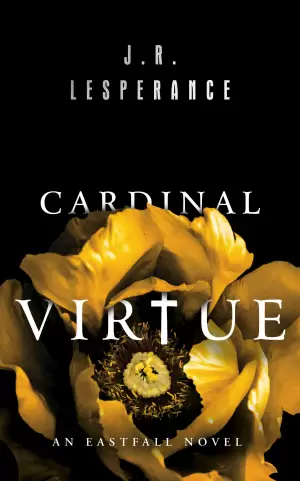The Perks of Being a Wallflower: A Reflection on Words and Wounds
When I first heard about The Perks of Being a Wallflower by Stephen Chbosky, it was hard to ignore the buzz surrounding it. Many readers hailed it as a poignant coming-of-age tale that brilliantly captures the complexities of adolescence. With its cult following and notable adaptations, I was drawn in, eager to experience the emotional tapestry woven within its pages. However, what I found instead was an intricate mess of narrative that left me more disheartened than enlightened.
The story follows Charlie, a sensitive teen navigating high school, grappling with issues like suicide, trauma, and social exclusion. While I appreciate the weight of these subjects, I found myself frustrated by how superficially they were handled. In trying to paint a portrait of Charlie’s anguish, the narrative felt more like a checklist of teenage struggles rather than a deep exploration of them. Each theme was brushed against lightly rather than examined in any meaningful depth, leaving me yearning for a greater understanding of the characters’ experiences.
Chbosky’s prose was another stumbling block for me. The staccato writing and repetitive phrasing created a sense of detachment, echoing the emotional inhibition of Charlie himself. I often found myself wishing for more nuance—a deeper dive into the intricate emotions that should be swirling beneath the surface. Instead, Charlie’s tears felt like mere surface-level manifestations of sadness, and I craved a richer narrative that would allow me to truly engage with his inner turmoil.
One of the most glaring issues was the underwhelming character development. Charlie, despite being at the heart of the story, often felt like a cardboard cutout rather than a fully realized person. His emotional responses lacked the depth necessary to create a connection. I kept hoping for moments that would peel back the layers of his character, revealing the roots of his trauma and his feelings. Yet, these crucial explorations seemed to be sidelined, almost as if they were too cumbersome for the narrative to bear.
The book dipped its toes into serious issues but didn’t quite commit to making them matter. These themes—mental health, sexual identity, and trauma—deserve careful attention, yet the rushed treatment did them a disservice. It left me feeling as though Chbosky had missed an opportunity to create a genuinely resonant piece. This was particularly troubling given the potential for a young adult novel to make a real impact.
Despite my critique, I recognize that many readers find themselves touched by this book. For those looking for a light exploration of adolescence, The Perks of Being a Wallflower might still resonate. It certainly has its fans, and I respect that. The emotional landscape Charlie traverses can strike a chord, particularly for those who prefer a more straightforward narrative.
In conclusion, while I expected a deeply moving journey through the trials of youth, I found myself encountering a story that felt too shallow to be impactful. Perhaps the film adaptation improved upon the shortcomings of the text, as it allowed for visual storytelling that transcended some of the limitations of the written word. For me, although The Perks of Being a Wallflower was not the transformative experience I had hoped for, it opens up a larger conversation about how we engage with the narratives of youth and mental health in our literature. If you’re seeking something with a bit more emotional depth, you might want to tread carefully here.
Discover more about The Perks of Being a Wallflower on GoodReads >>



